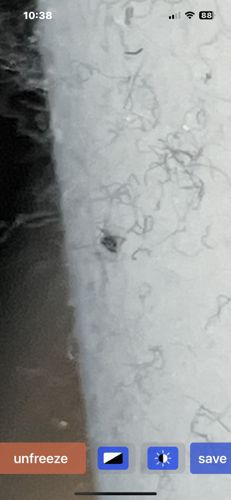Snow Flea (or Springtail)
Scientific Name: Various species, often in genera like Hypogastrura or Isotoma within Collembola
Order & Family: Order: Collembola, Family: Isotomidae (among others, a common family for snow-dwelling springtails)
Size: Typically 1-3 mm

Natural Habitat
Snow fleas are found in a variety of moist, cool environments, including soil, leaf litter, rotting wood, and especially on the surface of snow during winter thaws. They are common in temperate and arctic regions.
Diet & Feeding
Snow fleas primarily feed on decaying organic matter, algae, fungi, and bacteria found in the soil and on surfaces like snow and ice. They play a role in decomposition.
Behavior Patterns
Snow fleas are active in cold temperatures, often seen jumping on the surface of snow on mild winter days. They move by flicking their furcula (a tail-like appendage) beneath them, propelling themselves into the air. They are often found in large aggregations, sometimes appearing as dark patches on the snow.
Risks & Benefits
Snow fleas pose no risk to humans or pets; they do not bite or transmit diseases. They are beneficial for the ecosystem as decomposers, helping to break down organic matter and cycle nutrients back into the soil. Their presence can indicate a healthy soil ecosystem.
Identified on: 8/27/2025